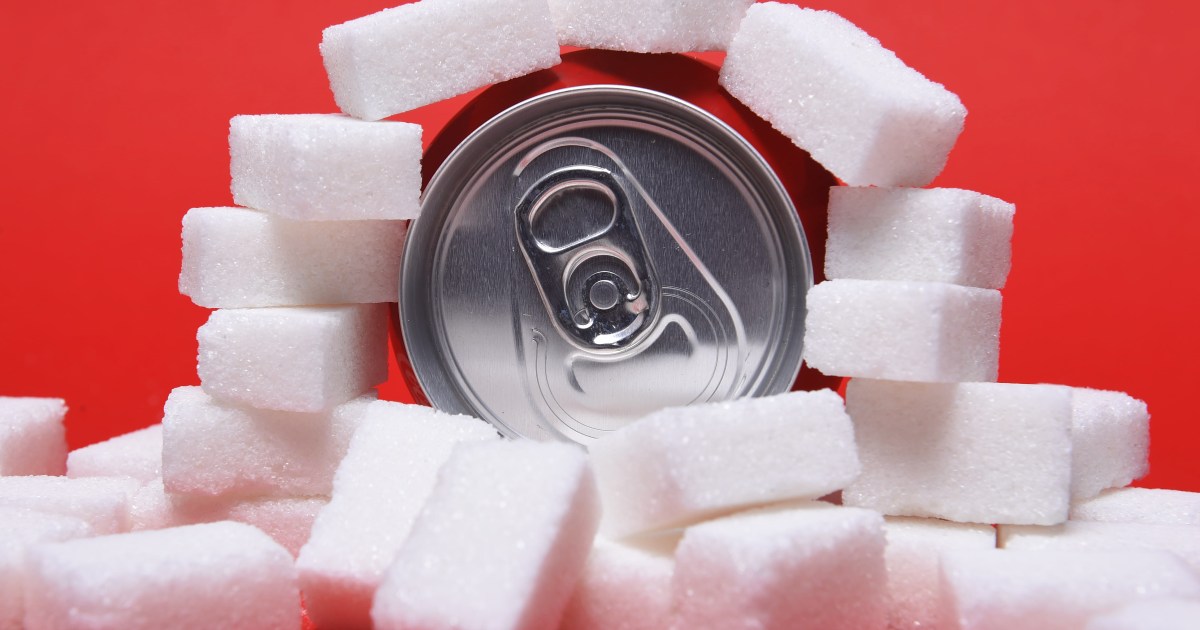Schools across the country have taken steps to limit student access to sugary drinks due to health concerns. But a new study by the Center for Social Dynamics and Policy (CSDP) shows that the most effective approach to reduce sugary drink consumption is to shift focus from removal in school settings to removal from homes.
Sugar-sweetened beverages (SSBs), which include soda, fruit drinks, and sports drinks, are the largest source of added sugar in the U.S. diet and constitute approximately 7% of children’s daily caloric intake. This data, along with a strong body of evidence linking young children’s intake of SSBs with myriad negative health outcomes, motivated several recent studies by CSDP which modeled the causes and consequences of SSB consumption.
The new report, published in the American Journal of Clinical Nutrition, found that removing access to SSBs in the home was more effective than removal from school in reducing children’s SSB consumption. Total removal of SSBs in the home resulted in 1.23 fewer servings of SSBs consumed per week on average between the ages of two and seven, a reduction of about 60 percent. By comparison, removing all SSB availability outside of the home (i.e., in schools and childcare) had a smaller impact: a reduction of about 40 percent.
In addition, the study’s results indicated that the impact of at-home SSB removal on consumption was linear, meaning that as at-home SSB availability decreased, so did SSB consumption, without distinct tipping points or drop-offs. Thus, there is no threshold that must be reached for intervention success or diminishing returns beyond which effort yields less impact.
To compare multiple intervention strategies in different combinations, the research team constructed an agent-based model using longitudinal data of children between two- and seven- years-old. By comparing outcomes of the model with data of actual children from the study, we were able to ensure a high level of accuracy in the model’s results. We then used the model as a “virtual laboratory” to test the interventions and ultimately provide guidance to policymakers and intervention experts. This innovative effort is among the latest in a series of models created by CSDP researchers to inform policymakers on public health issues from COVID-19 to the relationship between incarceration rates and HIV prevalence.
Addressing the challenges in reducing SSB consumption will likely require action that encompasses policy areas such as infrastructure, food systems, and environmental regulations.
To date, SSB-intake-reduction interventions targeting childcare and school settings have had greater observable success than those that attempt to affect the home environment or parent behavior. But as we argue in the new study, our results “suggest a tantalizing opportunity for future action.”
“Our research indicates that finding ways to effectively intervene in the home setting, optimally supplemented by action that targets other settings, might yield much greater impact,” we write in the journal publication. “Thus, investment of resources into identifying such strategies is merited.”
The onus for enacting solutions should not be placed solely on individual families. Rather, we recommend taking a systems-level perspective to identify viable changes in policies and practices that address barriers to reducing children’s consumption of SSBs at home. For example, as we have highlighted in previous work, many American families do not have access to running drinking water, and even more have encountered water that is unsafe or unpalatable. If it is easier or less costly for families to procure SSBs than bottled water, this will affect what is consumed at home by children. A recent Lancet special report, contributed to by authors of this study, highlights the ways in which political and society-level solutions are necessary to appreciably and sustainably shift food availability and consumption. Addressing the challenges in reducing SSB consumption will likely be no exception, requiring action that encompasses policy areas such as infrastructure, food systems, and environmental regulations.
The Brookings Institution is financed through the support of a diverse array of foundations, corporations, governments, individuals, as well as an endowment. A list of donors can be found in our annual reports published online here. The findings, interpretations, and conclusions in this report are solely those of its author(s) and are not influenced by any donation.



